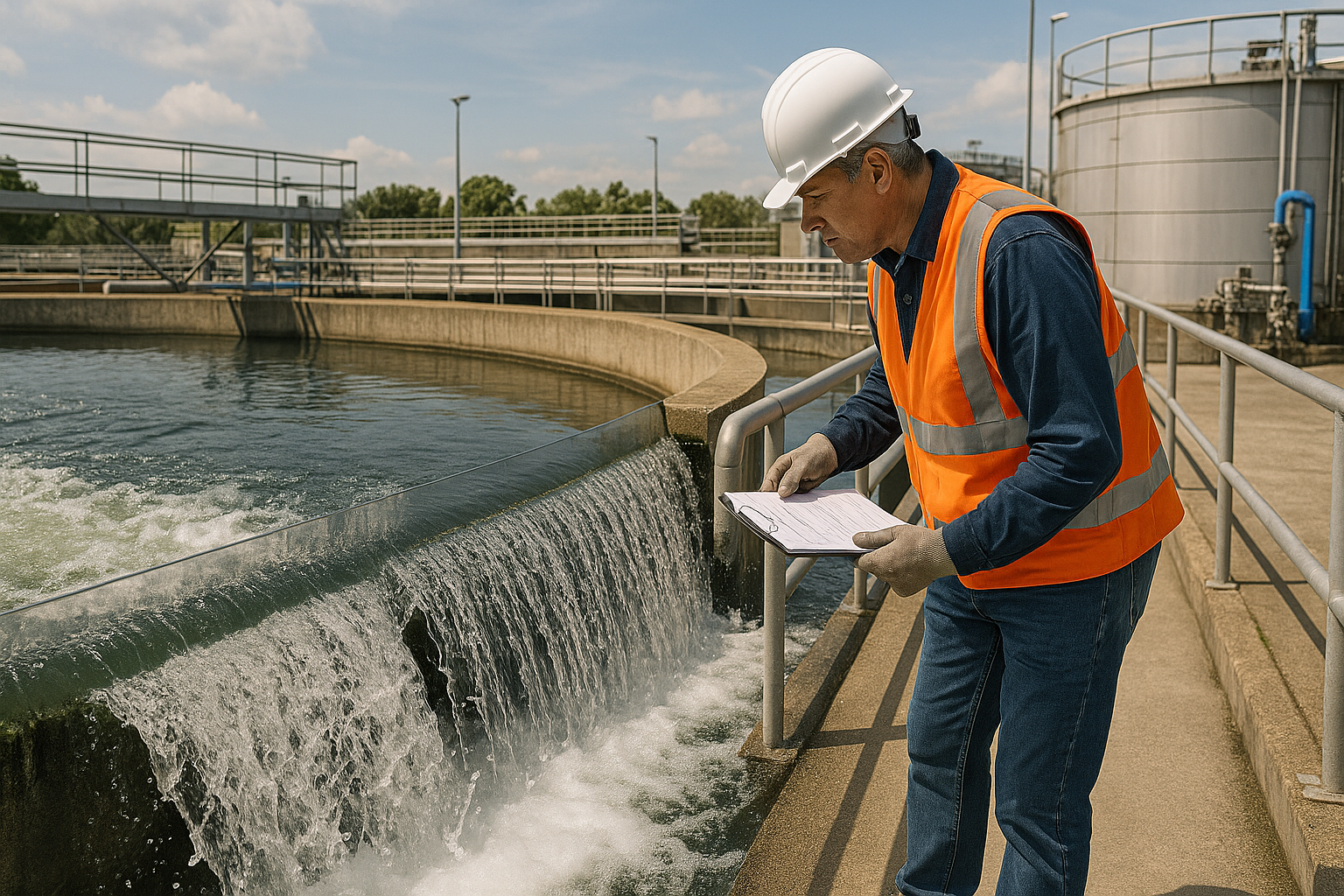From Waste to Wealth: Unlocking the 340 Billion Water Reuse Opportunity by 2040
The World Bank’s report positions water reuse as a vital, cost-effective solution to growing urban and industrial water stress, urging a shift from isolated projects to large-scale, climate-resilient infrastructure. It calls for regulatory reform, proper pricing, and private sector engagement to unlock a $340 billion investment opportunity by 2040.

In a world increasingly defined by climate extremes and resource scarcity, the World Bank’s latest report, Scaling Water Reuse: A Tipping Point for Municipal and Industrial Use, issues a timely and urgent call to action. Authored by Rochi Khemka and Rolfe Eberhard, and developed in partnership with the International Finance Corporation (IFC) and the Multilateral Investment Guarantee Agency (MIGA), the report reframes treated wastewater as “new water”, a high-value, climate-resilient resource that can fortify urban and industrial water security. With water stress mounting in cities and industrial zones worldwide, the authors argue that water reuse must shift from marginal practice to mainstream infrastructure.
The scale of the challenge is enormous. Cities and industries discharge nearly 1 billion cubic meters of wastewater every day, much of it untreated and lost to the environment. Meanwhile, water demand continues to rise, especially in urban areas where nearly 70 percent of the global population will reside by 2050. Despite this, only 12 percent of municipal freshwater withdrawals currently come from reused water, and a mere 3 percent of potable and industrial water needs are met through reuse. The report contends that this underutilization is not just wasteful, it is a lost opportunity in the face of a deepening global water crisis.
A Triple Win: Water, Energy, and Environment
The report makes a compelling economic and environmental case for water reuse. At the heart of this vision is a “triple dividend”: each cubic meter of reused water represents not just water recovery, but also the recovery of energy and valuable resources, such as phosphorus, and a pollution reduction. Unlike desalination, which is energy-intensive and costly, reuse is often far more efficient, particularly where collection infrastructure already exists and reuse facilities are close to demand centers. The cost of non-potable reused water can be as low as $0.30 per cubic meter, while potable reuse averages between $0.50 and $0.75. This compares favorably with desalination, which can cost up to $1.90 per cubic meter.
Moreover, reuse offers stability in a rapidly changing climate. As a rainfall-independent source, it provides reliable water even during droughts. It is particularly advantageous for industrial zones, data centers, and coastal cities, where conventional water sources are increasingly constrained. In these high-value applications, the willingness to pay is greater, making reuse a practical, financially viable option.
From Pilots to Programs: Scaling Up the Reuse Market
The report identifies five key transitions to unlock the full potential of reuse. First, water must be appropriately valued, subsidized, or free freshwater distorts markets and stifles investment in alternatives. Second, high-value applications, such as industrial and potable uses, should be prioritized. Third, reuse must be normalized through regulation, education, and planning. Fourth, governments must shift from isolated pilot projects to comprehensive, programmatic approaches that enable economies of scale. Finally, mobilizing private sector innovation and financing is essential to reduce costs and expand impact.
Global case studies demonstrate that these transitions are achievable. Countries like Singapore, Namibia, and the United States have successfully incorporated reuse into their national water strategies. In India and China, industrial reuse is expanding rapidly due to regulatory pressure. The report argues that replicating such success stories will require not just infrastructure but policy clarity, regulatory reform, and public buy-in.
Financing the Future: A $340 Billion Opportunity
The investment required to reach 25 percent reuse of municipal freshwater withdrawals by 2040 is estimated at $170–$340 billion. This could increase reuse capacity from 183 million to 430 million cubic meters per day for industrial and potable applications. To realize this potential, the report proposes a mix of public funding, climate finance, and private capital.
Public-private partnerships (PPPs) are a cornerstone of the recommended approach, offering a mechanism for price discovery and cost reduction. Contract models such as design–build–operate and hybrid annuity models (HAMs) are already being used in projects from Brazil to India. Additionally, the report highlights financial innovations like green bonds, blended finance, and sustainability-linked loans that can derisk investments and align them with climate goals.
Climate finance is particularly underleveraged. While reuse directly supports adaptation and mitigation, it has yet to attract funding proportional to its impact. By tapping into global adaptation finance, which reached $76 billion in 2022 but remains far below the estimated $212 billion annual need in developing countries, reuse projects can access concessional resources that make them financially viable and socially inclusive.
A Defining Shift for Global Water Security
Ultimately, the World Bank report does more than advocate for reuse; it charts a roadmap for transformation. It calls on national governments to establish regulatory frameworks, utilities to embed reuse in water security strategies, and the private sector to embrace reuse as both a responsibility and an opportunity. With the World Bank Group’s Scaling ReWater initiative offering technical and financial support, the pieces are in place for a breakthrough. The report is not just a future solution; it is a solution for today. If properly supported, it can become a defining feature of the 21st-century water economy, offering resilience, equity, and sustainability in an increasingly uncertain world.
- FIRST PUBLISHED IN:
- Devdiscourse
ALSO READ
World Bank Resumes Funding to Uganda Amid Anti-LGBT Law Concerns
MoSPI, NITI Aayog, World Bank Host Workshop on Data & Tech in Policymaking
Exploring Prospects: World Bank's Visit to Tripura's Agarwood Hub
India's Economic Future Amid Global Uncertainties: A World Bank Perspective
Global Economic Growth Stalled by Trade Wars, Says World Bank










